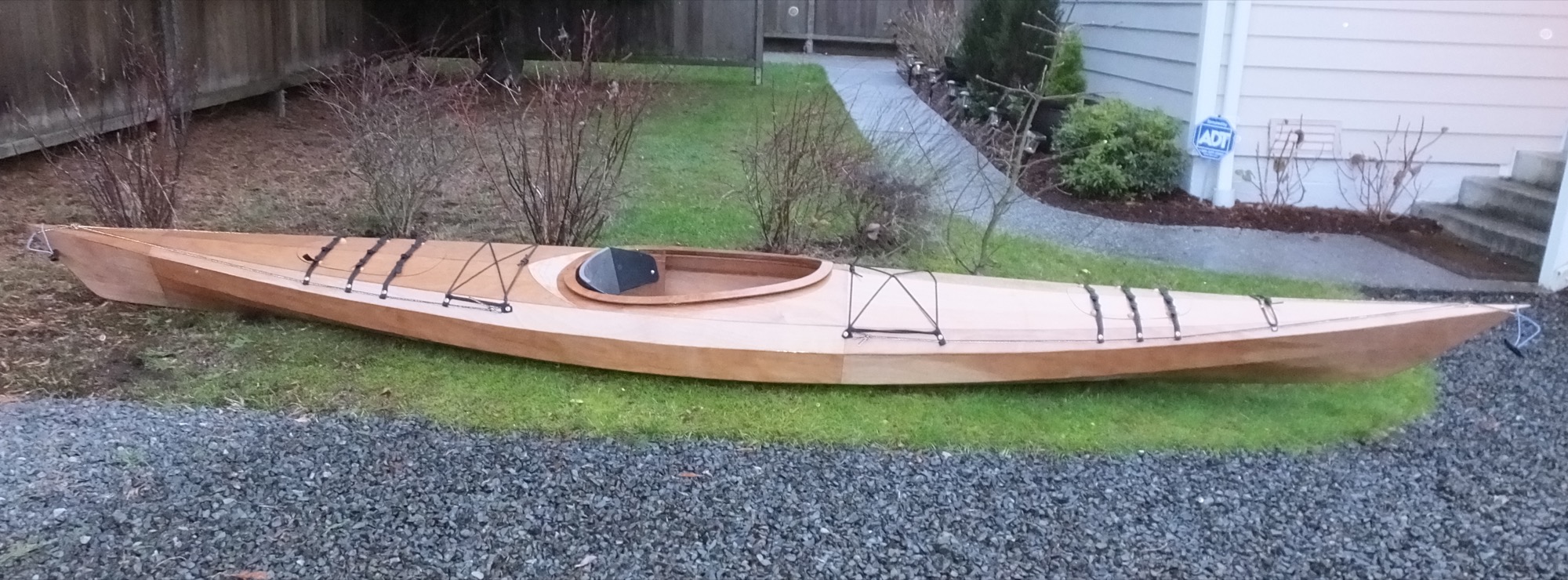
Building a Wooden Boat That Will Stand the Test of Time: Beyond the Basics
Building a wooden boat is a labor of love, a testament to craftsmanship and a connection to maritime history. But beyond the classic techniques, lie some often-overlooked secrets to ensuring your creation not only floats but thrives for decades. This isn’t your grandpappy’s boatbuilding guide; we’re diving into the nuanced details that truly make the difference.
Beyond the Timber: The Unsung Heroes of Longevity
We all know choosing the right wood is crucial. But what about the often-overlooked aspects that significantly impact a boat's lifespan?
Q: How can I minimize internal stress cracking in my boat's timber?
A: While wood selection is paramount, the drying process is often underestimated. Traditional air drying is slow but creates less stress. However, kiln-drying, while faster, needs meticulous monitoring to avoid internal stresses that later manifest as cracks. Consider using advanced techniques like vacuum kiln drying for superior control. Research from the Forest Products Laboratory (FPL) highlights the impact of different drying methods on wood properties, revealing that vacuum drying minimizes shrinkage-induced stress cracking (Reference: FPL Publication X-XXX â€" replace with a relevant FPL publication). Furthermore, incorporating moisture meters throughout the building process allows you to track and manage wood moisture content, preventing issues down the line.
Q: What's the secret to truly waterproof joints?
A: Forget simply relying on traditional caulking! While essential, consider incorporating modern epoxy-based systems to create completely sealed joints. Research indicates that epoxy systems with a high glass transition temperature (Tg) provide superior long-term water resistance compared to traditional compounds (Reference: Journal of Composite Materials, Vol X, No Y - replace with a relevant journal article). This means your boat will be far better protected from the relentless assault of saltwater and moisture.
The Forgotten Science: Material Science and Boatbuilding
Modern material science offers incredible tools for the traditional boat builder. Let’s explore how these can enhance your build's longevity.
The Story of the Epoxy-Reinforced Classic:
Imagine a classic clinker-built boat, meticulously crafted from sustainably harvested cedar. But instead of relying solely on traditional fastenings, the builder strategically incorporates carbon fiber reinforcement within key stress points â€" the stem, keel, and transom. The result? A boat that retains the aesthetic appeal of a traditional design but boasts significantly improved strength and longevity, resisting fatigue cracking and impact damage far better than a purely wooden counterpart. This blend of tradition and modern materials represents a new frontier in boatbuilding.
Beyond the Build: Maintenance and Preservation
Even the most meticulously built boat needs proper care.
Proactive Preservation: Going Beyond the Annual Bottom Job
Regular maintenance is key. But rather than just focusing on the bottom, consider implementing a holistic preservation strategy:
- Regular inspection of fastenings and joints for any signs of movement or deterioration.
- Seasonal cleaning and treatment of the wood with appropriate preservatives, accounting for local climate and environmental conditions.
- Strategic use of UV-resistant coatings to protect the wood from sun damage.
- Documentation of all repairs and maintenance, creating a valuable history of your vessel and allowing for future informed decision making.
Conclusion: A Legacy on Water
Building a wooden boat that lasts is a journey of careful planning, meticulous craftsmanship, and a deep understanding of both traditional techniques and modern advancements. By embracing these insights, you’re not just building a boat; you're creating a legacy, a testament to your skill, and a vessel that will grace the waters for generations to come.












